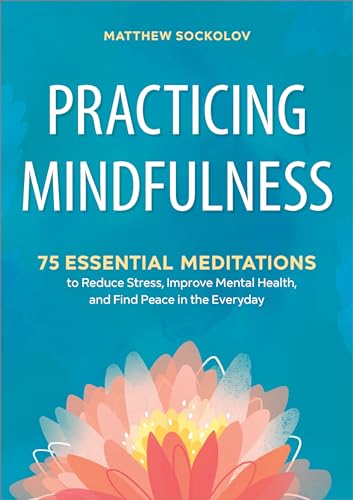Meditation is not evil; it is a practice that promotes mindfulness, relaxation, and mental well-being, beneficial for many individuals across cultures.
Many people wonder if meditation is evil or demonic, especially when approaching it from a religious perspective. The truth is meditation itself is not evil—it’s a neutral practice that can be adapted to various belief systems. The intention behind meditation determines its spiritual alignment.

Understanding Different Forms of Meditation
Meditation takes many forms across cultures and religions. Some key distinctions:
Christian Meditation
Christian traditions have practiced meditation for centuries through:
- Lectio Divina (sacred reading)
- Rosary prayers
- Centering Prayer (quiet contemplation)
As Psalm 46:10 states: “Be still and know that I am God.” This biblical foundation supports meditation as a way to connect with the divine.
Eastern Meditation Practices
Buddhist and Hindu traditions approach meditation differently, often focusing on:
- Mindfulness
- Breath awareness
- Mantra repetition
These practices aim to cultivate inner peace and self-awareness rather than worship any specific deity.

Addressing Concerns About Evil Spirits
Some worry meditation opens the mind to evil influences. However, consider these points:
Intention Matters Most
When you meditate with the intention to connect with God or your higher self, you create sacred space. As one practitioner noted: “Where God is, the devil will definitely not be.”
The “Empty Mind” Misconception
Meditation doesn’t actually empty the mind—it helps quiet mental chatter so you can focus on what matters most. Using tools like chakra stones for meditation can enhance this focused awareness.
Scientific Benefits of Meditation
Research shows meditation offers numerous benefits:
| Benefit | Study Findings |
|---|---|
| Stress Reduction | Lowers cortisol levels by 30% |
| Improved Focus | Increases attention span by 20% |
| Emotional Health | Reduces anxiety symptoms by 38% |
These benefits occur regardless of religious background, showing meditation’s universal value.
How to Meditate Safely
For those concerned about spiritual safety:
Set Clear Intentions
Begin by stating your purpose aloud or silently. For example: “I open myself to divine love and wisdom.”
Use Protective Tools
Consider using protective crystals or visualizing white light surrounding you during practice.
Stay Grounded
End sessions by consciously returning your awareness to your body and surroundings.
Meditation in Daily Life
You don’t need hours of practice to benefit. Try these simple techniques:
- One-minute breathing exercises
- Mindful walking
- Gratitude reflections before bed
As the National Institutes of Health reports, even brief meditation sessions can positively impact brain function.
Historical Perspectives on Meditation
Many Christian mystics practiced forms of meditation:
- St. Teresa of Avila
- St. John of the Cross
- Thomas Merton
Their writings describe deep contemplative practices remarkably similar to modern meditation techniques.
Ultimately, meditation is a tool—like prayer—that can be used to deepen your spiritual connection rather than threaten it. By approaching the practice with wisdom and discernment, you can safely explore its benefits while honoring your faith tradition.
